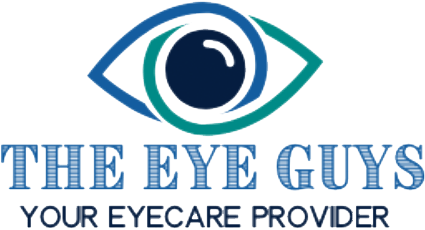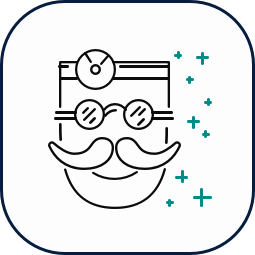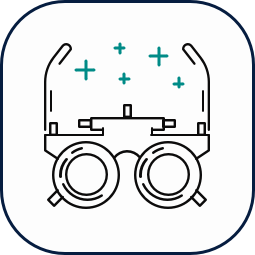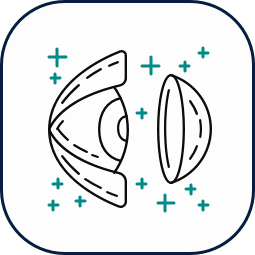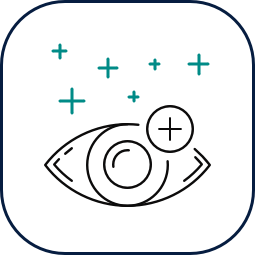
Eye Care Is Important for Children’s Development
Children are constantly learning and growing, and so are their eyes. However, vision problems in childhood can make learning in the classroom or developing key skills difficult. Children’s comprehensive eye exams support in your child’s vision while they grow.
Visit The Eye Guys Alaska or let us come to you for your child’s eye exams and vision needs.
Book Appointment
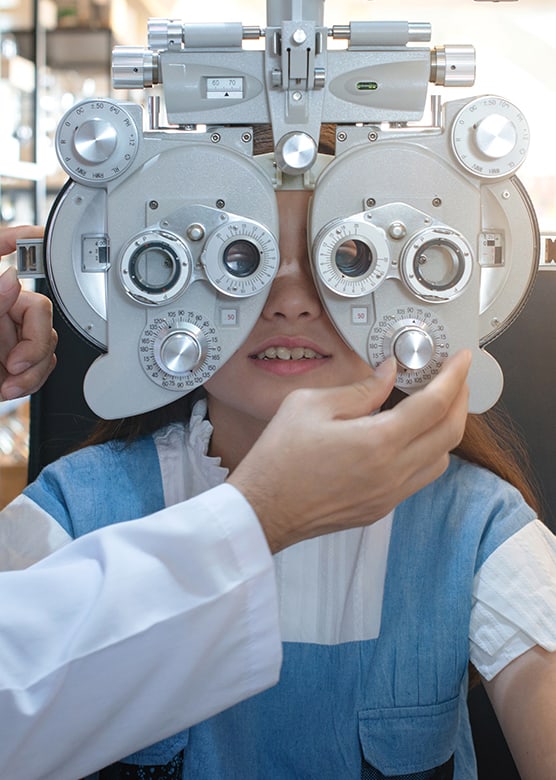
How Often Should Children Have an Eye Exam?
Comprehensive children’s eye exams test key vision development skills like visual acuity, focus, teaming, tracking, hand-eye coordination, and perception.
To properly examine these skills it is recommended that children have an eye exam:
- At least 1 eye exam between 6–12 months
- At least 1 eye exam between 3–5 years
- Once a year between 6–18 years

Vision Screenings vs. Comprehensive Eye Exams
The main difference between a comprehensive eye exam and a vision screening that your child may receive at school is that a comprehensive eye exam can detect vision conditions that may not have obvious symptoms and might be missed on a vision screening. A comprehensive eye exam assesses many important skills that are especially important in the classroom, like eye focusing, tracking, and coordination.
It’s recommended that your child has a comprehensive eye exam before the start of the school year to make sure their prescription is up-to-date.

Common Childhood Vision Conditions
About 25% of school-aged kids have a vision condition that may require correction with glasses or contact lenses.
There are a few vision conditions to be aware of that can present themselves in childhood.
Amblyopia
Amblyopia, commonly known as “lazy-eye,” occurs when vision in one eye is weaker than the other, which can lead to the brain ignoring vision in the weaker eye. Amblyopia is quite common in children with about 3 out of 100 children having the condition.
A symptom of amblyopia your child may experience is poor depth perception. Signs of Amblyopia that you can look out for are:
- Squinting
- Tilting their head
- Shutting or covering one eye when looking at objects
Strabismus
Strabismus, commonly known as “crossed-eyes,” is a condition in which the 2 eyes are misaligned. Strabismus can cause the eyes to not cooperate with each other, affecting depth perception and the ability to see clearly.
Signs that a child may have strabismus can include:
- If your child’s eyes look misaligned
- if your child is squinting or covering one eye
Myopia
Myopia, or nearsightedness, is a condition that often starts in childhood and can last throughout life. Myopia is when your vision up close is clear, but objects in the distance appear blurry. Myopia can vary in severity, and high myopia is the strongest form, which can develop as children age.
If your child experiences myopia, you may notice them squinting. Symptoms your child may have myopia include:
- Headaches
- Eyestrain
- Not being able to see objects in the distance
Providing Eye Exams for Children Across Alaska
Your child’s eye care is important to us, book an appointment today to get started with an exam. If you are located outside of Wasilla, we also travel to small communities in Alaska to provide vision care for kids and adults.

Where to Find Us
Our main practice can be found in Wasilla, but we perform eye care services all across Alaska. Check out our map to see where you can find us next.
Don’t see your location? Reach out to us!
Our Address
- 285 E Parks Hwy
- Wasilla, AK 99654
Contact Us
- Phone: 907-376-3917
- Email: [email protected]
Our Hours
- Monday: 9:00 AM – 5:00 PM
- Tuesday: 9:00 AM – 5:00 PM
- Wednesday: 9:00 AM – 5:00 AM
- Thursday: 9:00 AM – 5:00 AM
- Friday: 9:00 AM – 5:00 PM

Our Brands





Our Google Reviews

